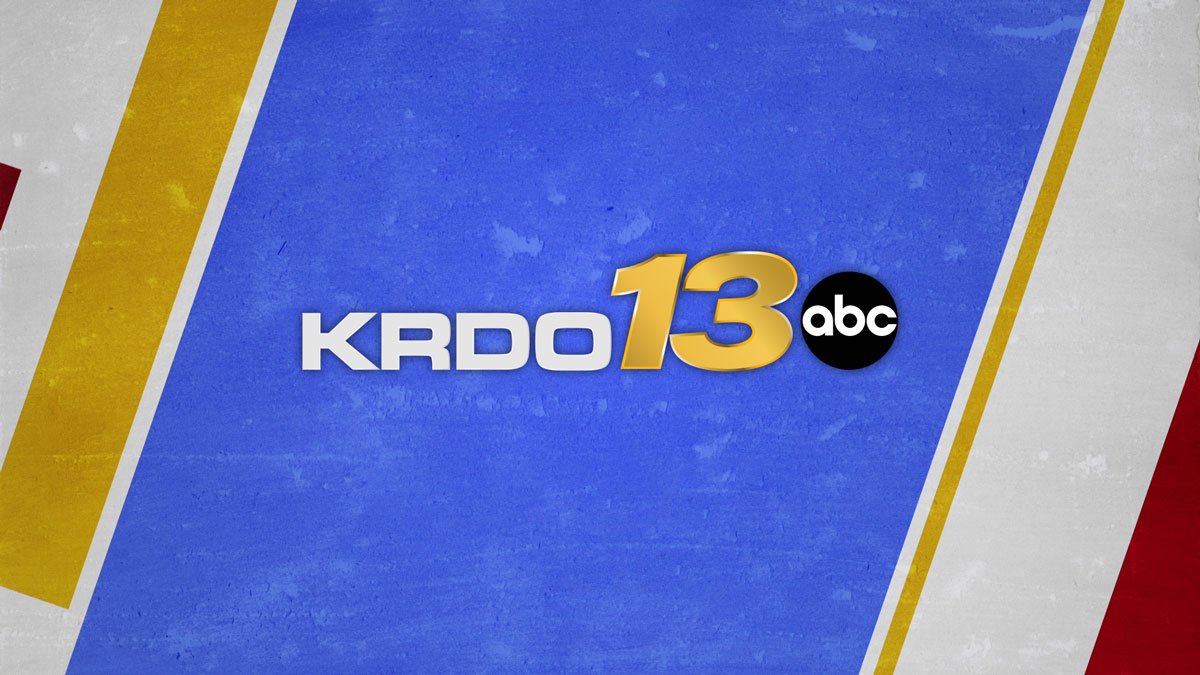The largest dam removal project in the US is completed – a major win for Indigenous tribes
By Rachel Ramirez, CNN
(CNN) — The largest dam removal project in US history is finally complete, after crews last week demolished the last of the four dams on the Klamath River. It’s a significant win for tribal nations on the Oregon-California border who for decades have fought to restore the river back to its natural state.
The removal of the four hydroelectric dams — Iron Gate Dam, Copco Dams 1 and 2, and JC Boyle Dam — allows the region’s iconic salmon population to swim freely along the Klamath River and its tributaries, which the species have not been able to do for over a century since the dams were built.
Mark Bransom, chief executive officer of the Klamath River Renewal Corporation, the nonprofit group created to oversee the project, said it was a “celebratory moment,” as his staff members, conservationists, government officials and tribal members gathered and cheered on the bank of the river near where the largest of the dams, Iron Gate, once stood.
Federal regulators approved the plan to raze the dams in 2022. The next year, the smallest of the four dams, Copco No. 2, was removed. Crews then began releasing water from the dams’ reservoirs at the beginning of this year, which was necessary before dismantling the last remaining dams.
The river system has been steeped in controversy: During the recent historic Western drought that dried up the Klamath Basin, an intense water war pitted local farmers against Indigenous tribes, government agencies and conservationists.
But anxiety turned to joy for the Indigenous people who have lived for centuries among the Klamath and its tributaries.
“We all came together in the moment with a feeling that ranged from pure joy to anticipation to excitement,” Bransom told CNN. “For the first time in over 100 years, the river is now back in its historical channel, and I think that was an extraordinarily profound moment for people to actually witness that — the reconnecting of a river.”
The Yurok Tribe in Northern California are known as the “salmon people.” To them, the salmon are sacred species that are central to their culture, diet and ceremonies. As the story goes, the spirit that created the salmon also created humans and without the fish, they would cease to exist.
Amy Bowers-Cordalis, a member of and general counsel for the Yurok Tribe, said seeing those dams come down meant “freedom” and the start of the river’s “healing process.”
“The river for Yurok has always been our lifeblood,” Bowers-Cordalis told CNN. Unlike her tribe’s elders, she couldn’t catch as many fish growing up and would see fish carcasses rotting on the banks. “So, restoring the river enables future generations to have a shot at continuing the Yurok fishing way of life.”
Manmade dams, warm water and prolonged droughts have profoundly altered the river and the ecosystems that rely on it, including most importantly, the salmon population.
Beginning their lives in freshwater systems, like the Klamath River, then traveling out to the salty ocean and back again to their spawning grounds, the chinook and coho salmon face a mix of dangers.
In 2002, a viral outbreak due to warm temperatures and low water killed more than 34,000 fish species, primarily the chinook salmon on the Klamath River. It was a turning point for the Yurok and other tribes in the basin, who regard the salmon as culturally and spiritually significant, to push for the dams’ removal.
The utility company PacifiCorps — a subsidiary of Warren Buffet’s Berkshire Hathaway Energy — built the dams in the early to mid-1900s, without tribal consent, to generate electricity for parts of the growing West. But the dams severely disrupted the lifecycle of the salmon, blocking the fish from accessing their historic spawning grounds.
Then there’s the climate crisis: Warm water and drought-fueled water shortages in the Klamath River killed salmon eggs and young fish due to low oxygen and lack of food and allowed the spread of viruses.
Julie Alexander, senior researcher at Oregon State University, said even without climate change, dam installations still alter the flow regime of rivers, which then changes the water’s temperatures since reservoirs act as thermal units that get warm in the summer.
“This tends to exacerbate pathogens and concentrates the fish so they’re more on top of each other, so you have directly transmitted parasites that can kind of jump from fish to fish,” Alexander told CNN.
Although monumental, the dam demolition project raised concerns over the years about water quality. Built-up sediments stored behind the dam for over a century, potentially containing high levels of organic material, have been released, transforming the river into muddy brown water and harming some of the wildlife in and around it.
But Bransom described it as “short term pain for long-term gain.”
As for the reason the dams were constructed in the first place — electricity — removing them won’t hurt the power supply much, experts say. Even at full capacity, all four dams produced less than 2% of PacifiCorp’s energy, according to the Klamath River Renewal Corporation.
Up next is ramping up restoration work. Bransom said they plan to put down nearly 16 billion seeds of almost 100 native species across 2,200-acres of land in the Klamath River Basin.
And after more than a century, the fish can now swim freely. Yurok’s Bowers-Cordalis said seeing the river reconnected is a form of giving their land back, which is really the “ultimate reward.”
The-CNN-Wire
™ & © 2024 Cable News Network, Inc., a Warner Bros. Discovery Company. All rights reserved.


